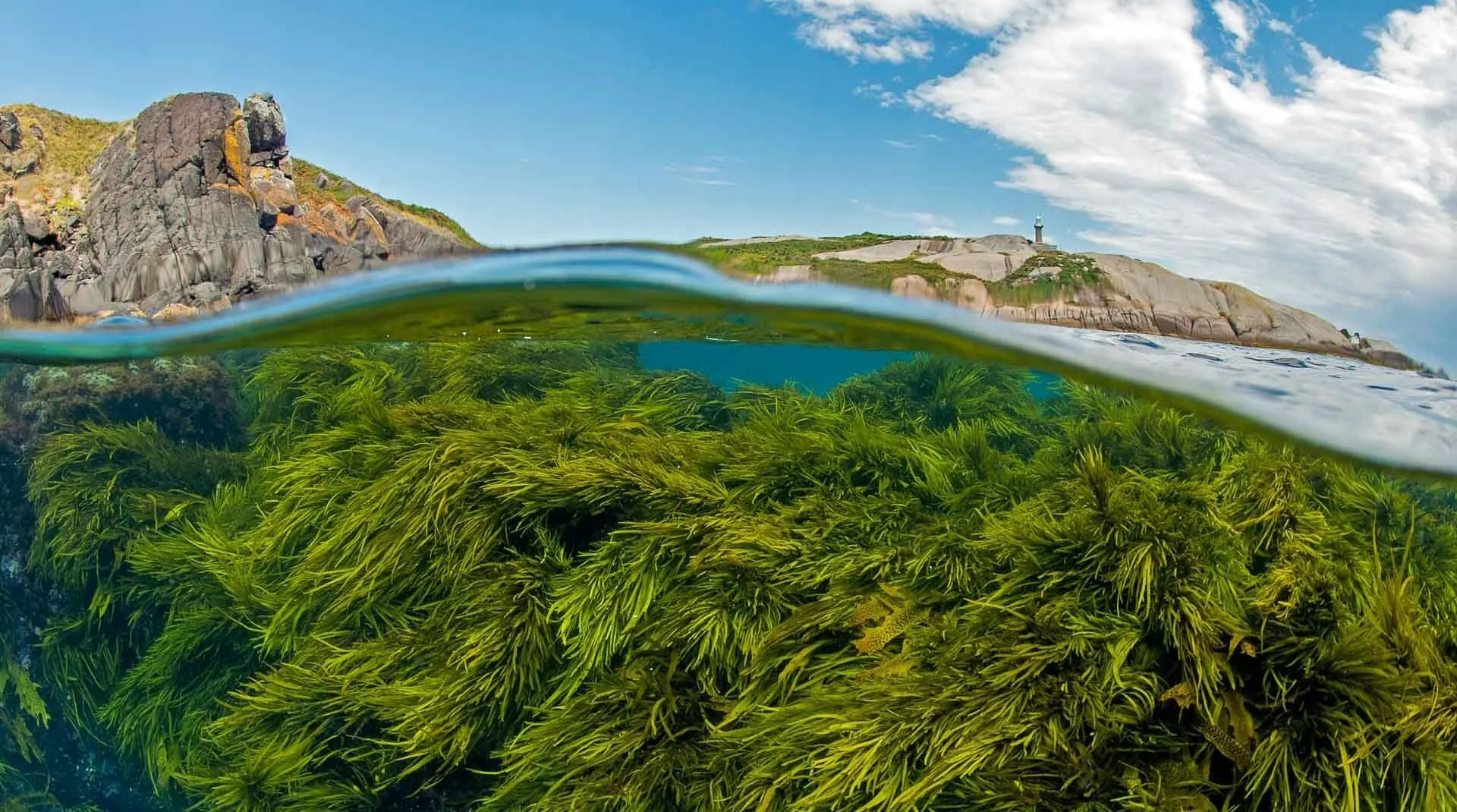
OPERATION CRAYWEED
Restoring Sydney’s
Underwater Forests
SOMETIMES NATURE
NEEDS A HELPING HAND
Vast underwater forests have gone missing from the Sydney coastline, with repercussions for local fish,
abalone, crayfish and coastal marine biodiversity.
We have a solution, but the ocean needs your help.
PRESS PLAY BELOW TO LEARN MORE

Video courtesy of Stephen Oliver and Shannon Ruddock.
-
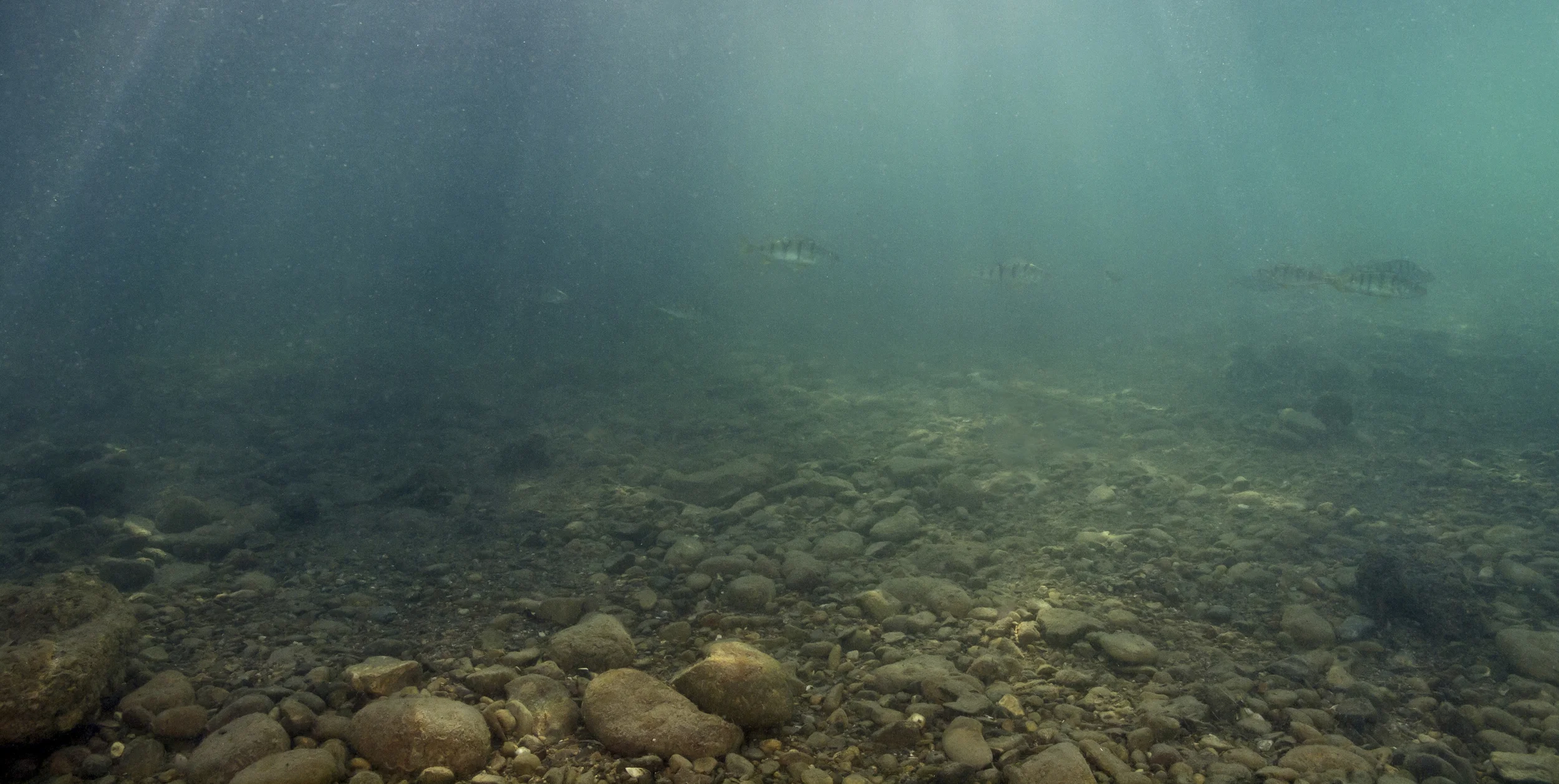
The Problem
-

The Solution
-

The Science
ONE of the most important species of seaweed along the NSW Coast has mysteriously disappeared from Sydney’s coastline.
Australian researchers are encouraging people to buy "underwater Christmas trees" to help restore seaweed that suddenly disappeared in the 1980s.
A possible solution to reducing Australia's carbon emissions may lie at the bottom of the ocean, and the Federal Government is eyeing off 'Blue Carbon' as a weapon against climate change.
Beneath the waves of Little Bay, Cape Banks and Long Bay, researchers have been restoring lost forests of crayweed, mixing male and female plants to let nature take its course.
Scientists are rejuvenating barren, rocky reefs off Sydney by restoring underwater seaweed forests that disappeared due to pollution in the 1980s.
IMAGINE the outcry if more than 30 kilometres of forest in the foothills of the Blue Mountains suddenly vanished.
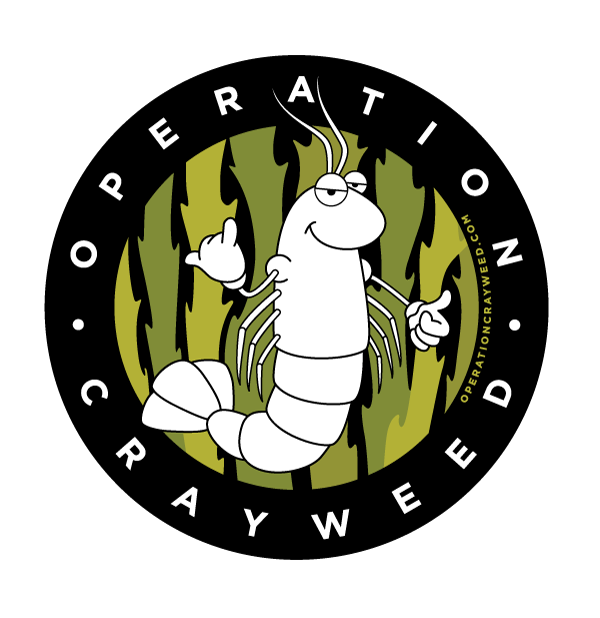

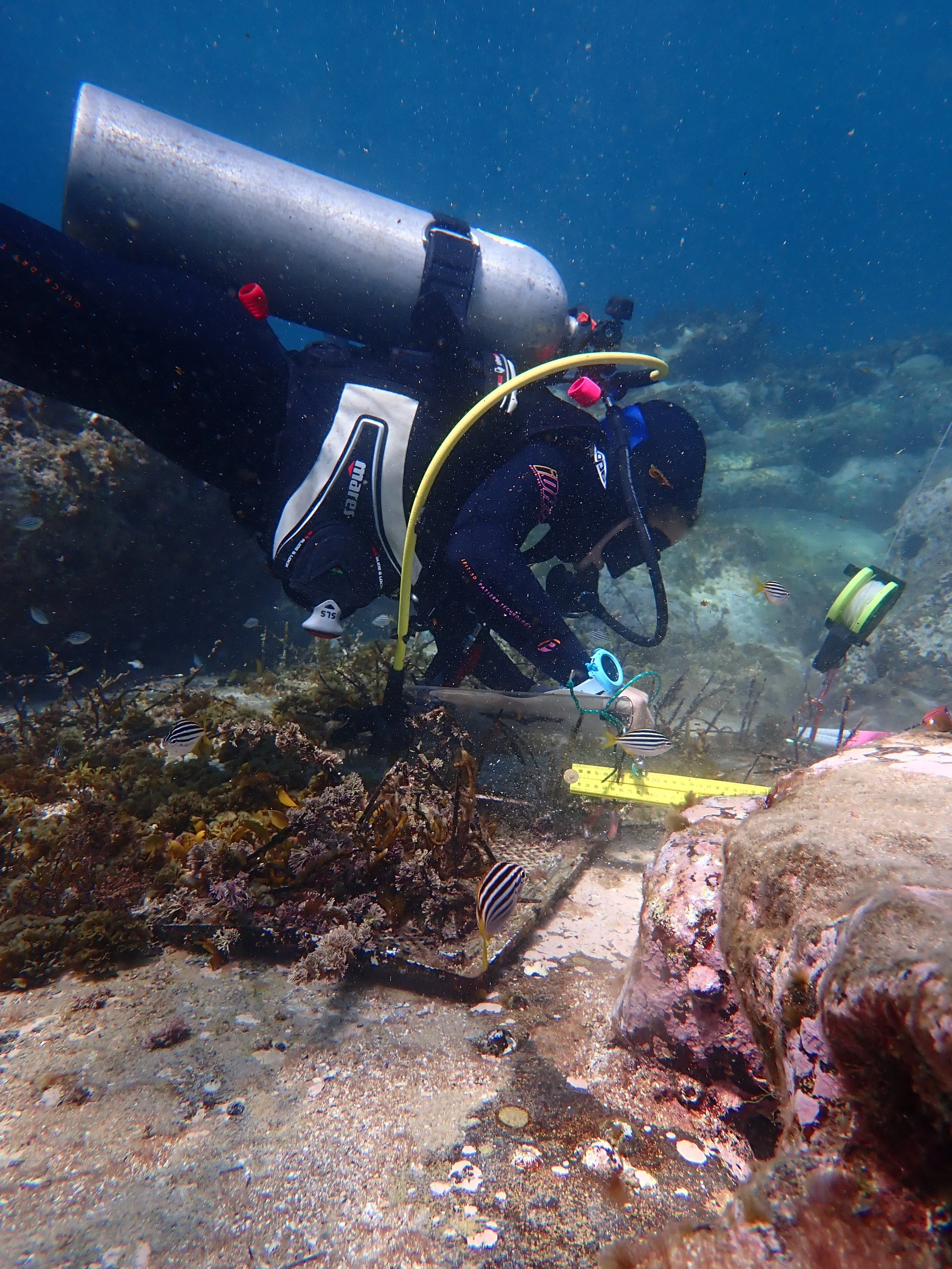


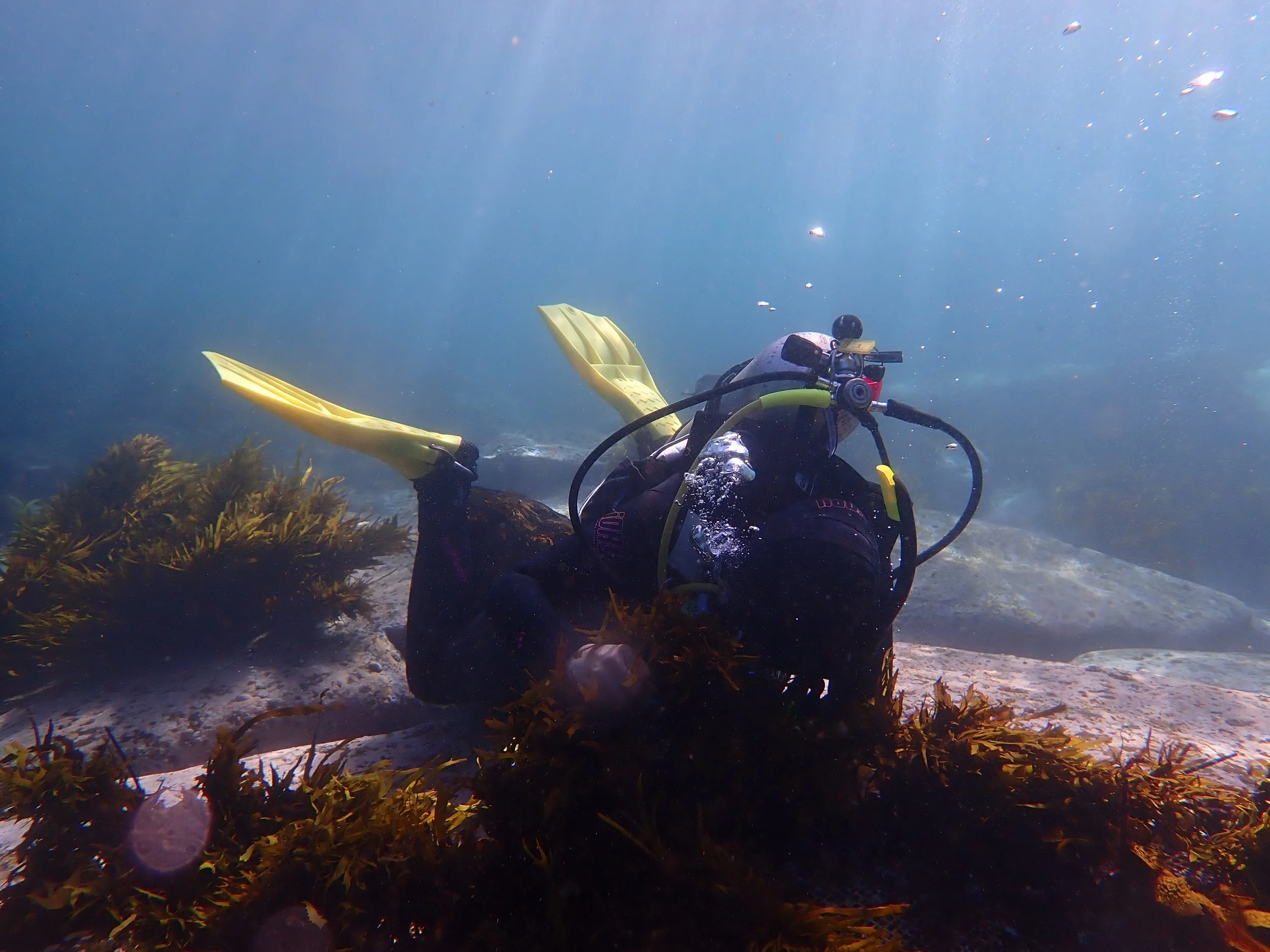


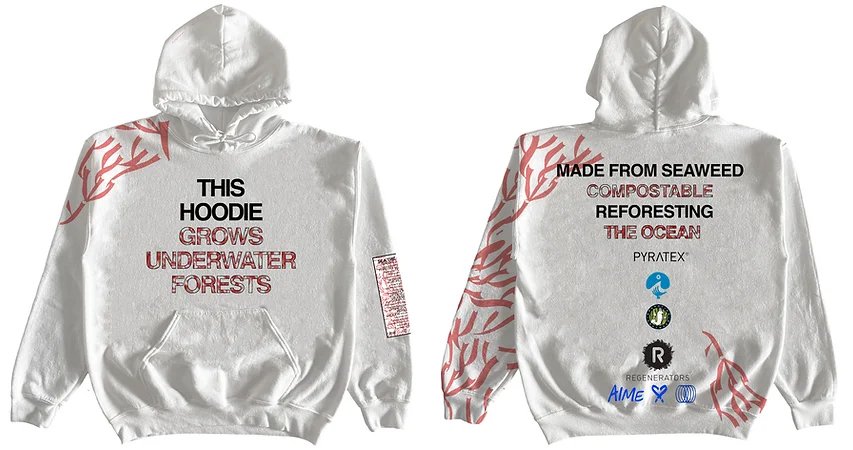






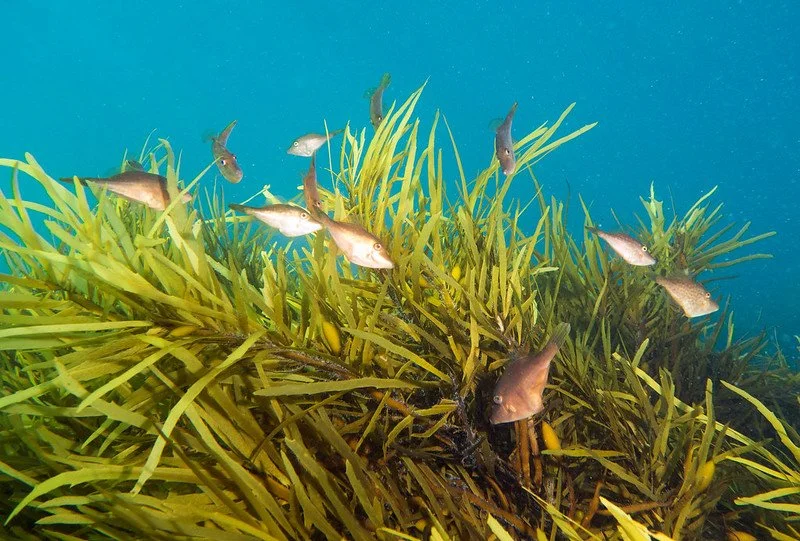



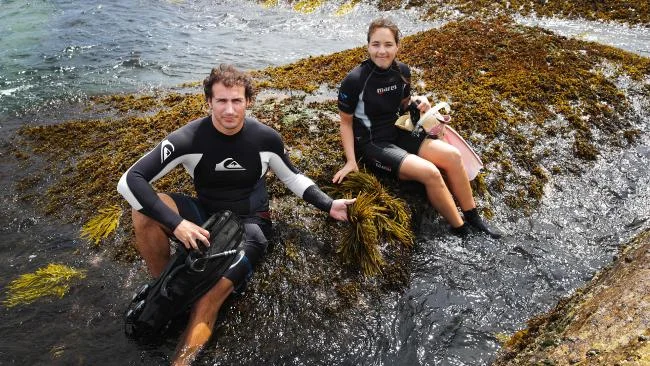






The Operation Crayweed Crew has been so excited at the media interest in the project since launch.